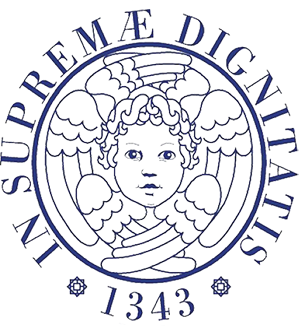Definition:
It ‘a procedure that consists in the puncture of the renal cavity through the skin of the lumbar region, under control of ultrasound and/or X-ray, in order to achieve a stable communication between the renal cavity and the body surface by means of a soft material catheter to be connected to a collector.
The nephrostomy catheter may be connected to a common bag for collecting the urine or adhesive binders can also be employed to prevent accidental dislocations of the bags, which are positioned directly on the skin of the lumbar region.
Indications:
Percutaneous nephrostomy is undertaken:
- In case of acute ureteral obstruction or chronic kidney failure, when the obstruction cannot be overcome by retrograde endoscopic maneuvers; and particularly when a kidney infection is suspected to be related to the obstruction.
- In case of a chronic obstruction as a preliminary operation in order to perform a proper functional assessment of the kidney.
- As preliminary time for the preparation of the medium for performing percutaneously endoscopic maneuvers on the upper urinary tract (crushing and/or stone removal, incision of the pielo-ureteral junction, treatment of low-grade and superficial pielo-calyceal tumors, etc. );
Preparation:
- The procedure requires only local anesthesia; if the directions to the positioning are not urgent, but it is a nephrostomy in election, to minimize the risk of bleeding, it is appropriate to suspend any anticoagulant drugs (eg. Aspirin, Coumadin, etc.) and replace them with heparins of low molecular weight at least a week earlier.
Duration of the procedure:
From 15 to 30 minutes, in relation to the amount of expansion of the renal cavity.
Type and length of stay:
Generally this is a day surgery procedure, with few hours of stay in the hospital.
Complications:
They can be related to a puncture to the kidney or the permanence of the nephrostomy catheter. Those related to renal puncture are attributable to possible perirenal hematoma (2-3%), intestinal perforation (1.5%), extravasation of urine around the kidney (0.5%)
Those related to the permanence of the catheter are: the obstruction and the dislocation of the nephrostomy catheter, both of which require a replacement with a new nephrostomy if it is not possible to recover the medium. Another rare complication is the allergy to the local anesthetic, or to the contrast element used during the procedure.
Attentions to be placed at discharge:
The patient and his family members are instructed to a correct management of the nephrostomy catheter and in particular with regards to the maneuvers to replace the adhesive collection bags. The patient is discharged with antibiotic coverage.
In the definitive nephrostomy a periodic replacement of nephrostomy catheter is programmed.
What to do in case of complications arising after discharge:
In case of fever, the patient should consult a family or trusted doctor. In case of continuous fever and in the event of malfunction of the nephrostomy drainage it is advisable to contact the clinic where the procedure was performed.
Controls:
In the temporary nephrostomy catheter is removed after a fixed period on a case-by-case basis. In the definitive nephrostomy a periodic replacement of nephrostomy catheter and the cadence of the renal function checks must be scheduled, as well as the underlying pathology that brought to nephrostomy.

